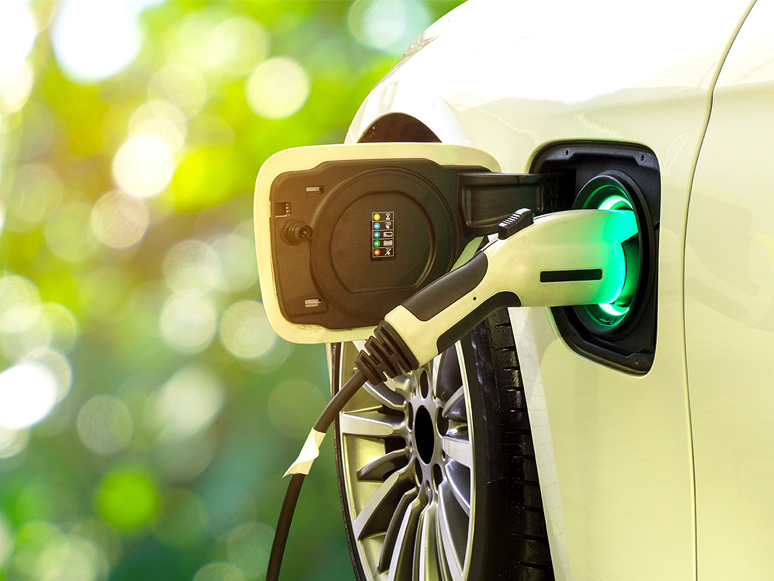logo


19th May, 2025

You may be starting out in business and trying to decide whether to become a sole trader or to set up a company. Alternatively, you may already be an established sole trader and considering switching to become a company. Tax considerations are vital in deciding which of the two business structures is most suitable for you.
The first practical difference is in relation to your tax return. As a sole trader, you simply add your business income and expenses to a separate Business and professional items schedule in your individual tax return that you lodge each year.
For a company, there’s a separate annual tax return, and tax to pay on the company’s income. Companies are subject to annual reviews by the Australian Securities and Investments Commission (ASIC), so financial records must clearly show transactions and the company’s financial position, and allow clear statements to be created and audited if necessary. A number of strict legal and other obligations need to be met.
Tax returns for a company must clearly list the income, deductions and the liable income tax of the company. Also, directors and any employees of a company must lodge their own individual tax returns.
There’s no tax-free threshold for companies – they simply pay tax on the amount they earn. However, for sole traders, whose tax is assessed as part of the individual’s personal income, $18,200 is the tax-free threshold.
For all companies that are not eligible for the lower company tax rate, the full company tax rate of 30% will apply.
To be eligible for the lower company tax rate of 25%, the company needs to meet strict requirements to be a base rate entity. One of the tests is that your company’s aggregated turnover for the relevant income year must be less than the aggregated threshold for that year – which since 1 July 2018 has been $50 million a year.
Both sole traders and companies can:
Both types of business also need to pay capital gains tax (CGT) if a capital gain has been made, but sole traders may be able to reduce this gain by what are known as the discount and indexation methods. The latter may also be used by some companies.
If your employees in either business structure receive a fringe benefit then you may also need to pay fringe benefits tax (FBT).
17th Jan, 2025

As the end-of-year season approaches, it’s a great time to celebrate with your employees and show appreciation for their hard work throughout the year. However, it’s essential to understand the potential tax implications, particularly concerning fringe benefits tax (FBT), when planning holiday entertainment or gifts for employees.
FBT is a tax employers pay on certain benefits provided to their employees or employees’ associates (like family members). When planning a festive gathering, such as a Christmas party, it’s crucial to determine if your event might attract FBT. Here are some key points to consider:
When it comes to calculating FBT on entertainment- related benefits, you have a few options:
25th Mar, 2024

With the rise in businesses purchasing electric vehicles (EVs) for the use of their employees, the ATO has finalised its guidelines setting out the methodology for calculating the cost of electricity for FBT purposes when an eligible EV is charged at an employee’s or an individual’s home. The rate of 4.20 cents per kilometre now applies (from 1 April 2022 and for later FBT years). To use this rate, employers will need to keep a record of the distance travelled by the car, and a valid logbook must be maintained if the operating cost method is used.
In terms of FBT, the employer now has the choice of either using the methodology outlined in the guidelines or determining the cost of the electricity by determining the actual cost incurred. Once made, this choice applies to each vehicle for the entire year, although the choice can be changed from one FBT year to another.
A transitional approach applies for the 2022–2023 and 2023–2024 FBT years, whereby if odometer records have not been maintained, a reasonable estimate may be used based on service records, logbooks or other available information. After the transitional period ends, employers will need to keep a record of the distance travelled by each car and a valid logbook must be maintained if the operating cost method is used.
Employers are reminded that even if an EV is eligible for an FBT exemption, the benefit must still be included in an employee’s reportable fringe benefits amount. Therefore, the taxable value must be determined, and where the employee home-charged the EV throughout the year and paid their electricity bills and provided the employer with the necessary declaration for electricity costs, the home charging electricity cost will form a part of the recipient contribution amount.
23rd Aug, 2023

The ATO has extended its motor vehicles data matching program once again to encompass the 2022–2023 to 2024–2025 financial years. For each financial year, the ATO will acquire information from all eight of the state and territory motor registries regarding where a vehicle has been transferred or newly registered during the applicable period, and where the purchase price or market value is $10,000 or more. Records relating to approximately 1.5 million individuals will be obtained each financial year.
While the program is being used to obtain intelligence about taxpayers that buy and sell motor vehicles so the ATO can identify risks and trends of non-compliance with various tax and super obligations, the ATO will also be using the data obtained as an indicator of risk. For example, the motor vehicle data (along with other data) will be used to identify taxpayers who have purchased vehicles with values that don’t align with the income they have reported.
Other uses of the data will include identifying taxpayers who may have not met their obligations in terms of GST, FBT, luxury car tax, fuel schemes and income tax.
22nd May, 2023

With the increasing popularity and uptake of electric vehicles (EVs), the ATO has now released a draft compliance guideline which contains the methodology for calculating the cost of electricity when an eligible electric vehicle is charged at an employee’s or an individual’s home. The methodology can be applied for FBT from 1 April 2022 and for income tax purposes from 1 July 2022.
According to the ATO, the EV home charging rate will be 4.20 cents per kilometre. If charging costs are incurred at a commercial charging station, a choice must be made: if the EV home charging rate is used, the commercial charging station cost will be disregarded, and vice versa. However, records such as receipts must still be kept to substantiate any claims, and the choice to rely on the guideline applies for the entire FBT or income year.
For the 2023 FBT and income tax year, the ATO will accept a reasonable estimate based on service records, logbooks, or other available information where odometer records have not been maintained as a transitional measure. This approach is only available for the opening odometer reading at 1 April or 1 July 2022.
Businesses that can rely on this guideline include those that provide electric vehicles to their employees (or associates) for private use, where that results in the provision of a car fringe benefit, residual benefit or car expense payment fringe benefit and the business is required to calculate the value of benefit as a part of FBT obligations. For example, the EV home charging rate can be used to determine the recipient contribution component for the statutory formula method for car fringe benefits. Similarly, it can be used to determine both the operating cost and recipient contribution if the operating cost method is used.
For individuals, the guideline can only be relied on to calculate the cost of charging an electric vehicle if a zero emissions electric vehicle was used in carrying out income-earning activities and relevant records have been kept during the year.
The guideline is currently in draft form but is expected to apply to the 2023 FBT and income tax year.
11th Apr, 2023

It’s FBT time again, and for the 2022–2023 FBT year it’s important to remember that your business may be able to get an exemption for certain eligible electric vehicles made available for the private use of your employees.
To meet the conditions for exemption, the car must be either a battery electric vehicle, a hydrogen fuel cell electric vehicle or a plug-in hybrid electric vehicle used for the first time on or after 1 July 2022, even if it was held (owned or leased) before that date, and must be valued under the luxury car tax (LCT) threshold for fuel efficient cars.
For FBT purposes, motorcycles and scooters are not considered to be cars and therefore would not be eligible for the exemption even if they happened to be electric.
If an electric vehicle meets all of the conditions, car expenses such as registration, insurance, repairs and maintenance, and the fuel/electricity to charge cars, will also be exempt. However, a home charging station is not considered a car expense associated with providing a car fringe benefit, so those costs will not be exempt. Businesses will also need to include the value of any eligible electric cars benefits provided when working out whether an employee has a reportable fringe benefits amount.